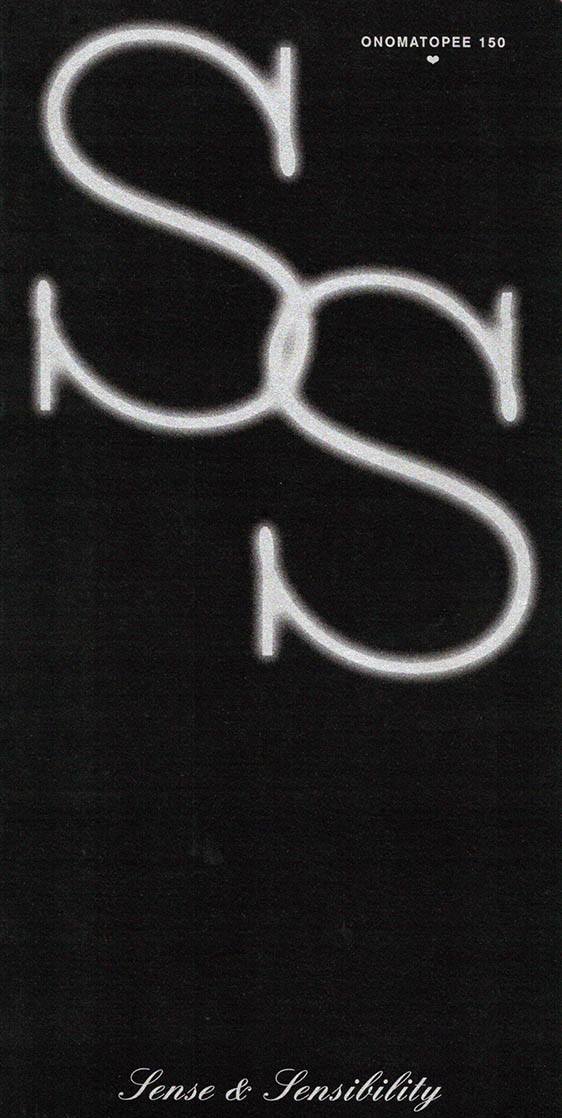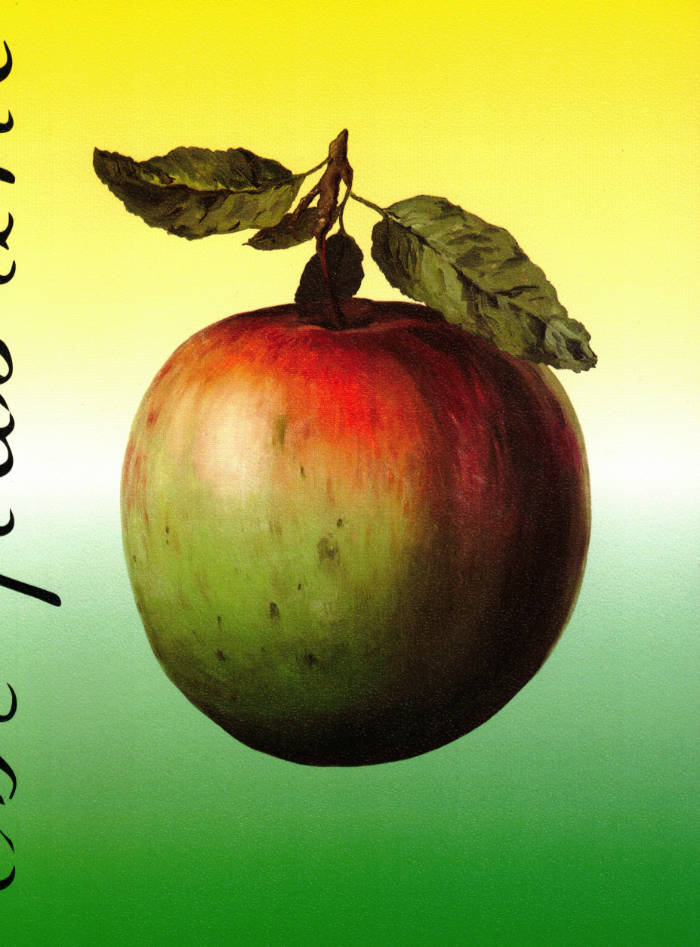
Sense & Sensibility
Pernilla Ellens ed.
It’s because feminism has become a fashionable commodity now, that we’re in desperate need of a more inclusive and varied reflection on contemporary girlhood, gender equality struggles, and the relationship between gender, politics and philosophy.
This book documents the production and thought processes of 6 engaging artists and designers regarding the theme, and features a collection of essays by artists and academics, writers and rioteers, curators and journalists.
With contributions by Mandy Roos, Gabriel A. Maher with Roberto Pérez de Gayo and Carly Rose Bedford, Olle Lundin, Janina Frye, Camille Auer, Barbara Bolt, Daantje Bons, Charlotte van Buylaere, Ece Canlı and Luiza Prado de O. Martins, Victoria Ledig, Alicja Melzacka, Nina Power, Barbara Smith for Nasty Women and Aynouk Tan.
Edited and curated by Pernilla Ellens
Graphic design by Virginie Gauthier
Made possible thanks to the municipality of Eindhoven and the province of Noord-Brabant.
Language: English





